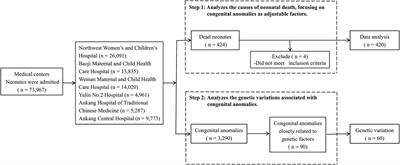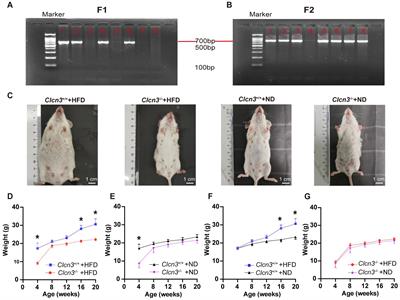ORIGINAL RESEARCH
Published on 21 Mar 2025
Chloride channel-3 regulates sodium-iodide symporter expression and localization in the thyroids of mice on a high-iodide diet
doi 10.3389/fnut.2025.1537221
- 170 views
1,577
Total downloads
6,760
Total views and downloads
Submit your idea
Select the journal/section where you want your idea to be submitted:
ORIGINAL RESEARCH
Published on 21 Mar 2025
ORIGINAL RESEARCH
Published on 15 Jan 2025
REVIEW
Published on 23 Dec 2024
ORIGINAL RESEARCH
Published on 29 Nov 2024
ORIGINAL RESEARCH
Published on 14 Aug 2024

ORIGINAL RESEARCH
Published on 09 May 2024


Manuscripts can be submitted to this Research Topic via the main journal or any other participating journal.
Submit your idea
Select the journal/section where you want your idea to be submitted: